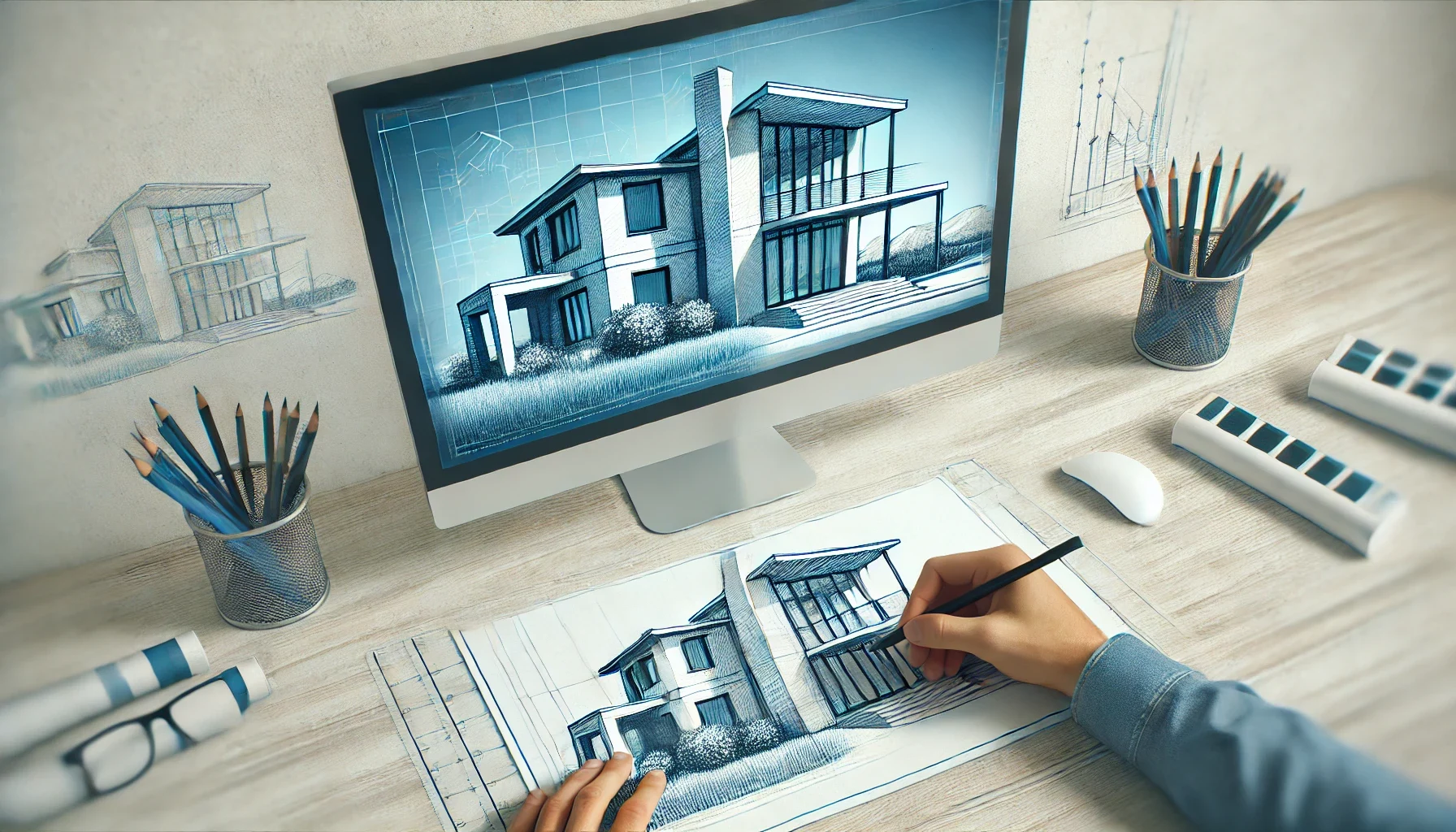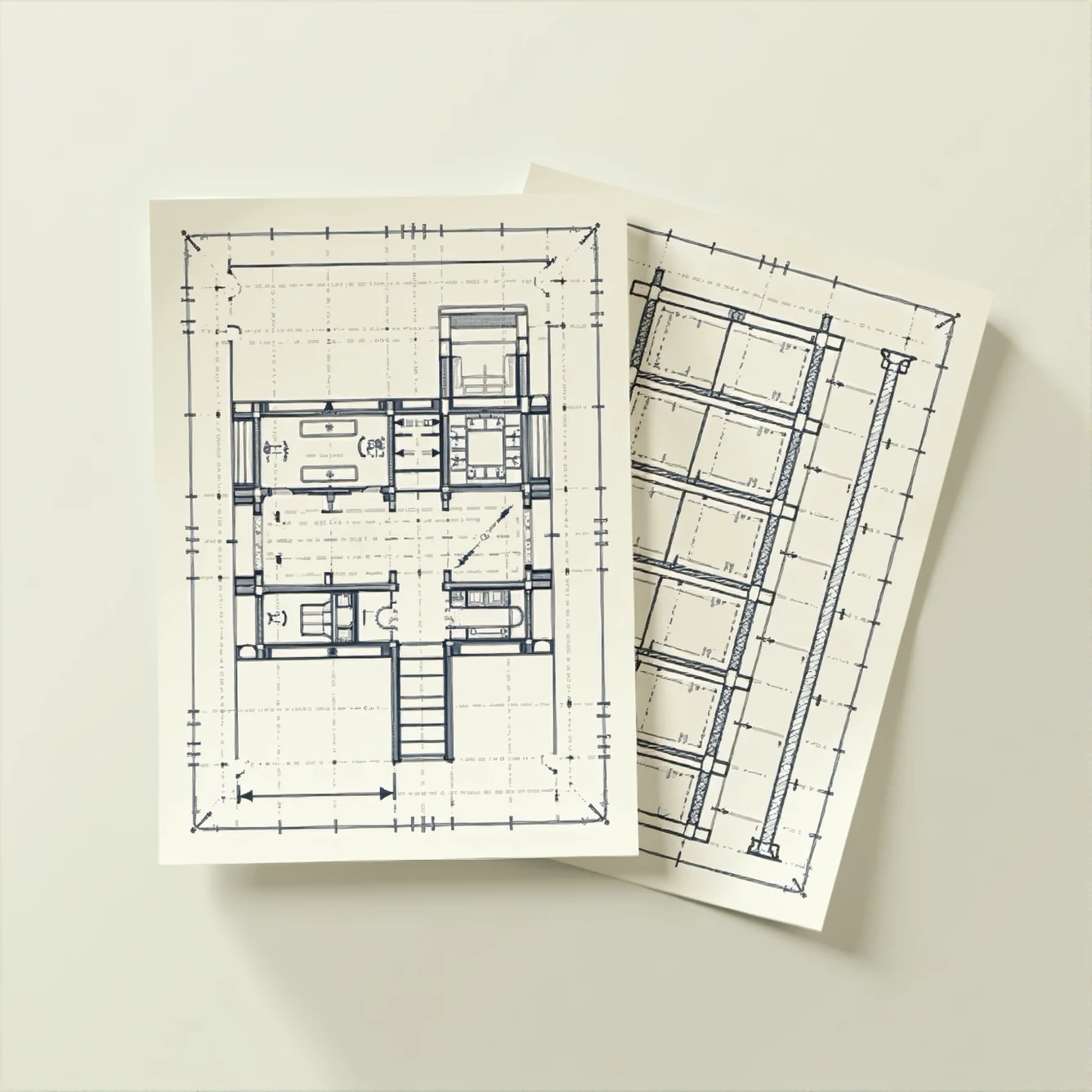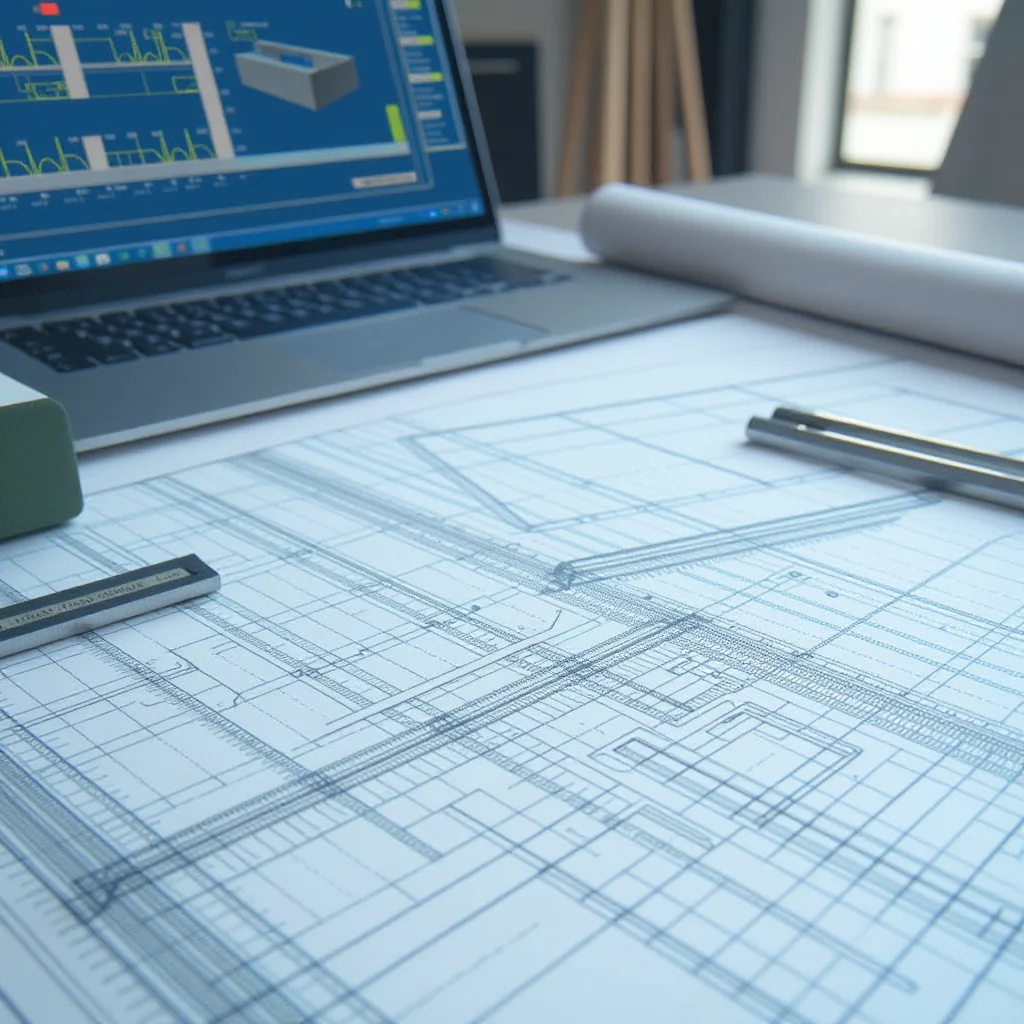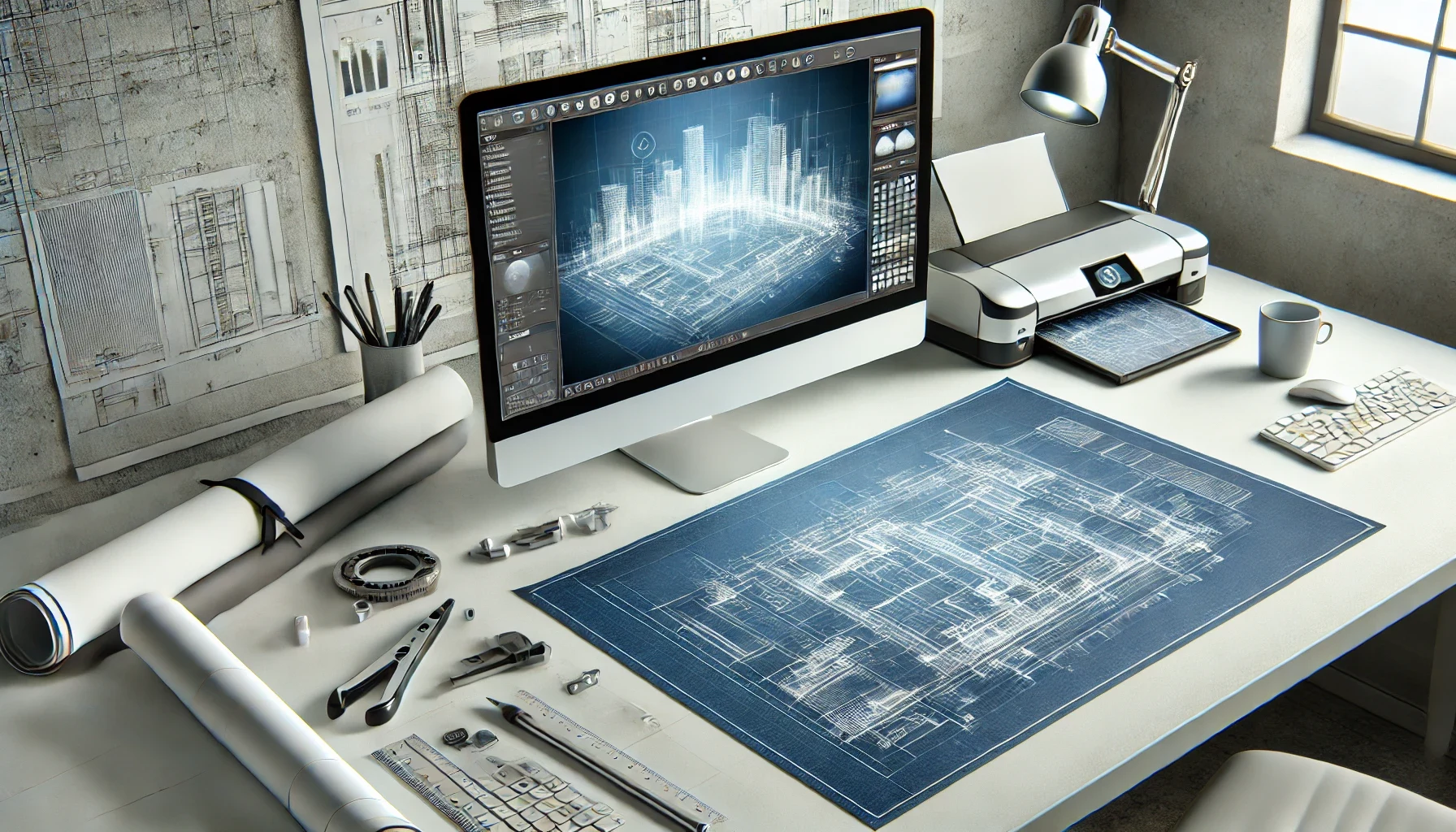
From Sketch to Digital: Transforming Traditional Drawings into High-Precision 3D Models
In today’s fast-paced architecture, engineering, and construction (AEC) industries, the need to digitize traditional sketches and hand-drawn plans is more pressing than ever. Converting sketches into digital models offers countless benefits, from improved precision and collaboration to easier scalability. For professionals and teams looking to streamline projects and bring designs to life with modern technology, the Sketch to Digital service provides an ideal solution for transforming traditional drawings into high-quality digital models.
Why Transitioning Sketches to Digital is Essential for Modern Projects
Digital models aren’t just visually appealing; they’re practical and efficient, helping teams work with greater accuracy and flexibility. Converting sketches to digital formats enables faster editing, sharing, and the integration of precise measurements—all of which are essential in today’s collaborative AEC environment.
Traditional sketches can be cumbersome to manage and prone to degradation over time. Digital formats preserve these designs, ensuring they remain intact, editable, and accessible whenever needed. For AEC professionals ready to modernize their workflow, Sketch to Digital services provide a seamless bridge from paper to pixels, enhancing not only convenience but project precision.
The Process: From Initial Sketch to Detailed Digital Model
Creating a high-quality digital model from a hand-drawn sketch involves several steps, each adding depth and detail. The process generally includes:
- Scanning the Sketch: High-resolution scanning captures every detail, preserving the original sketch’s quality.
- Vectorization: Converting raster images into vector graphics allows for scalable, editable lines and shapes in the digital model.
- 3D Modeling: For BIM and CAD applications, the vectorized drawings are converted into 3D models, adding depth and dimension while allowing for enhanced visualization and structural analysis.
Throughout these steps, advanced software translates hand-drawn designs into a format that’s easy to adjust, ensuring the final model aligns perfectly with the project’s vision. Services like Sketch to Digital are invaluable for AEC professionals who want to ensure complex sketches are converted accurately, with no loss of quality or detail.
How Point Clouds Enhance the Digital Transition
In some cases, integrating point clouds—dense 3D data points collected via laser scanning or photogrammetry—can further enhance the conversion process, especially for large-scale or detailed projects. Point clouds add depth and precision to the digital model, helping capture complex structures and environments with a level of accuracy that 2D sketches alone cannot provide.
To understand more about the role of point clouds and how they contribute to high-fidelity digital modeling, check out our article on What is a Point Cloud in BIM/CAD?. By combining traditional sketches with point cloud data, AEC professionals can ensure that their digital models not only represent the original vision but are also ready for advanced design and construction applications.
Real-World Applications: Why Digitizing Sketches is Crucial for AEC Professionals
The applications of converting sketches to digital models are extensive across AEC industries:
- Architecture and Interior Design: Digitizing sketches allows for precise scaling and visualization, ensuring designs can be fully realized before construction begins.
- Urban Planning and Landscape Architecture: Site sketches and layouts become much easier to work with in digital format, especially when integrating geographic and topographic data.
- Historical Restoration: Converting historical building sketches into digital models preserves these invaluable records and makes them accessible for future reference or restoration projects.
Whether your focus is on bringing an architectural vision to life or documenting intricate historical structures, Sketch to Digital services make sure that every line, angle, and dimension from the original sketch is preserved and enhanced for modern use.
Conclusion: Bringing Your Vision to Life with Digital Modeling
As the AEC industry continues to embrace digital innovation, converting sketches into high-precision digital models is becoming essential. Not only does it offer more flexibility, but it also ensures that designs are preserved, shareable, and ready for modern analysis and collaboration.
Ready to modernize your traditional sketches? Explore our Sketch to Digital services to see how we can support your vision from concept to digital reality.









